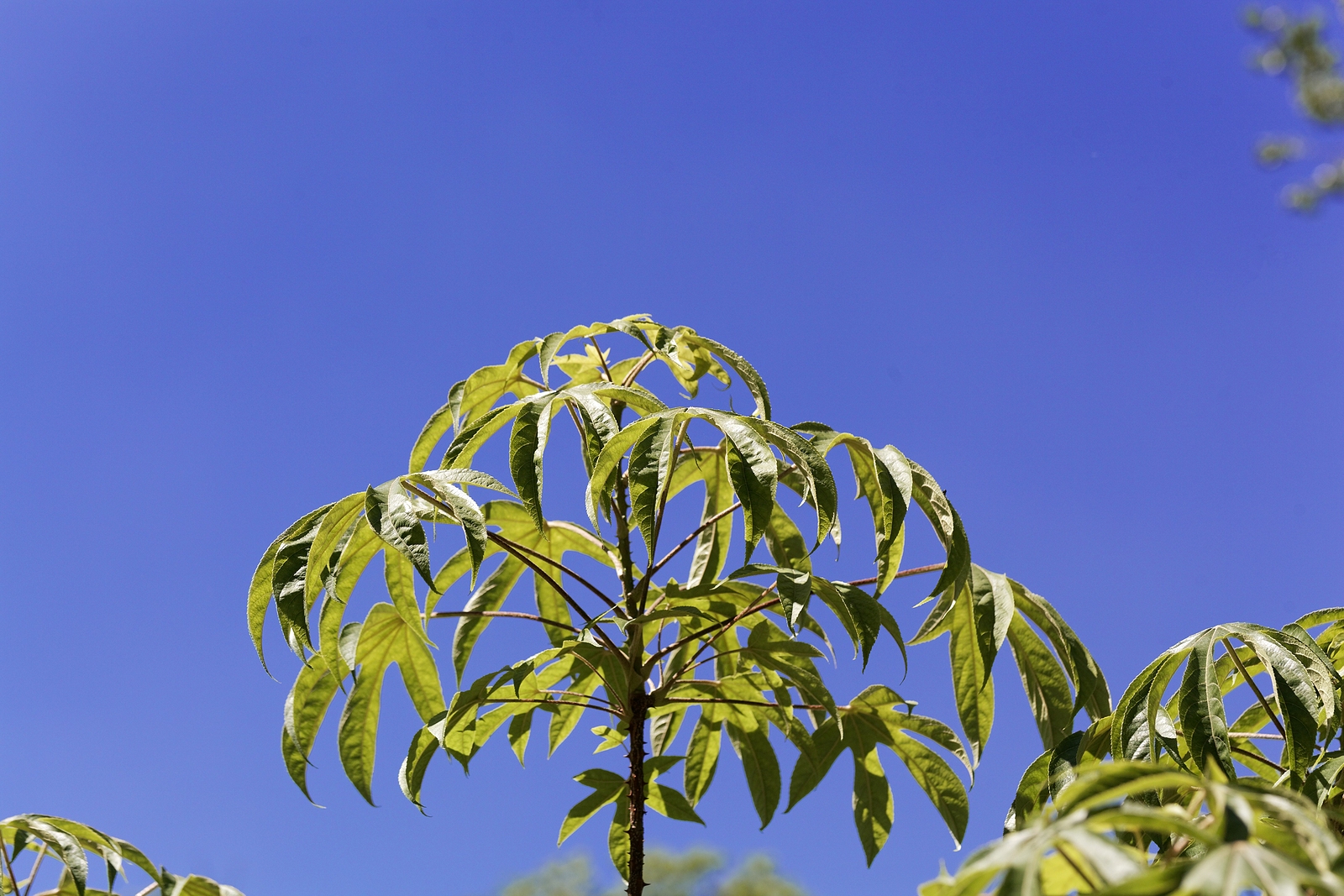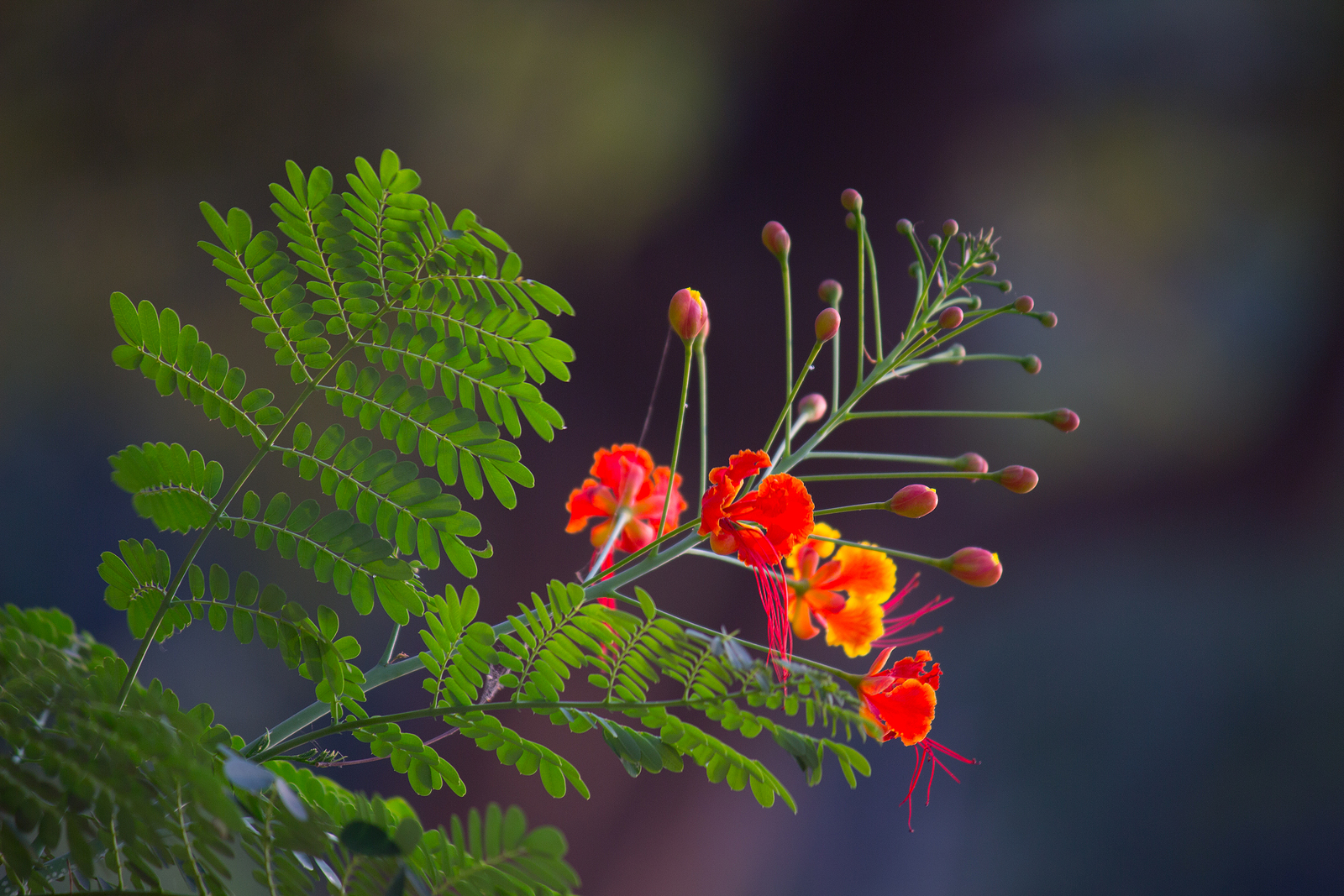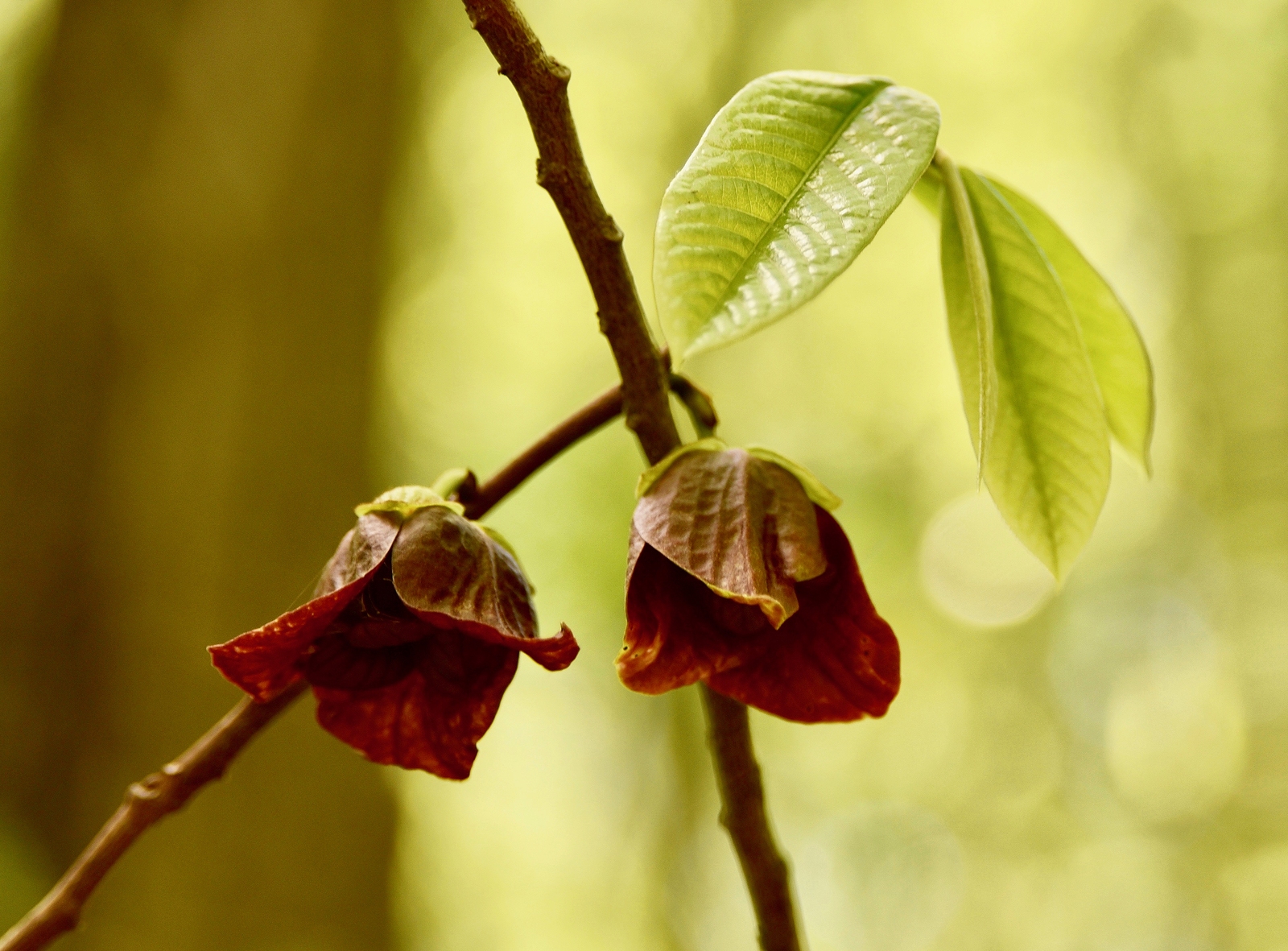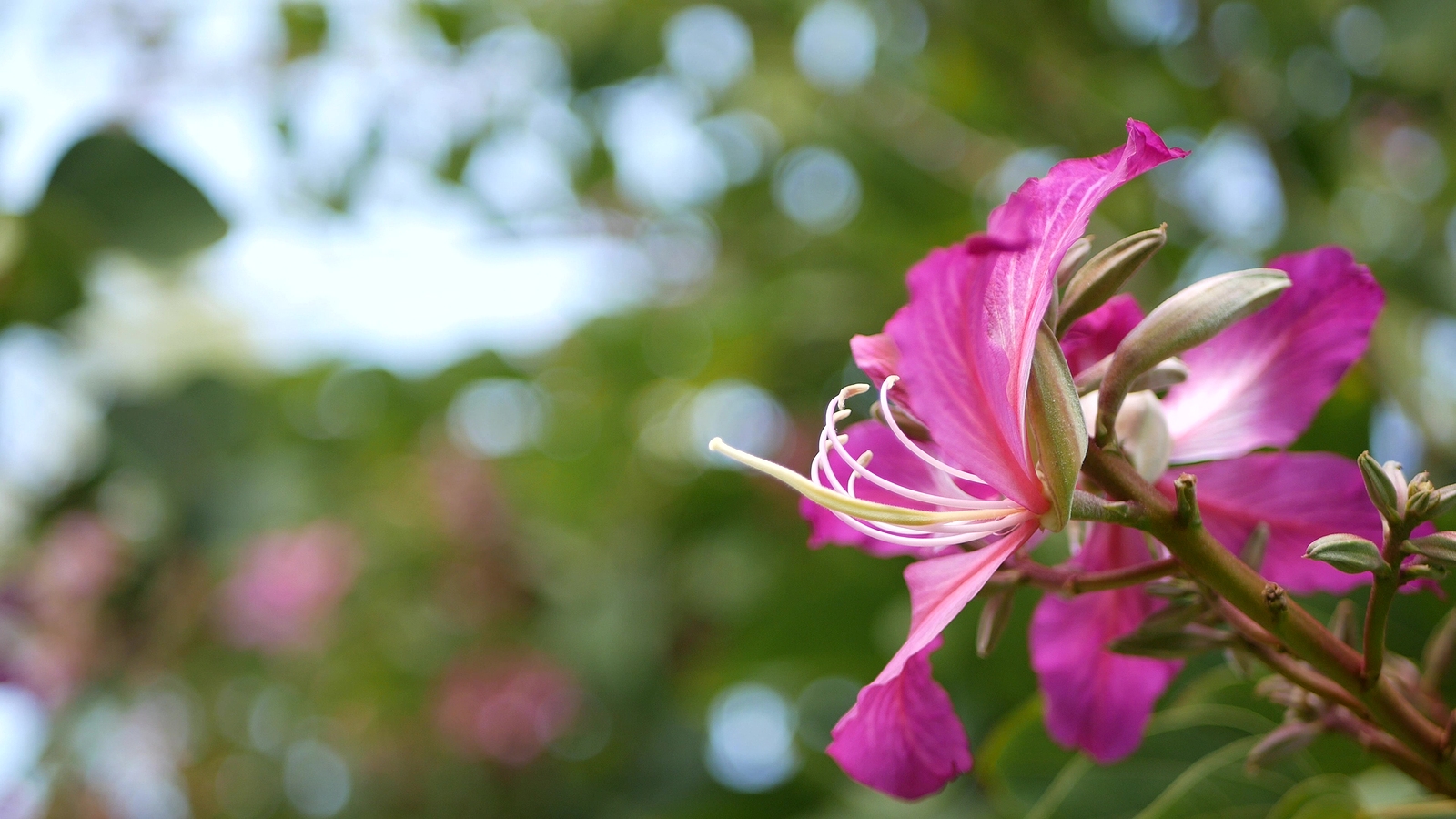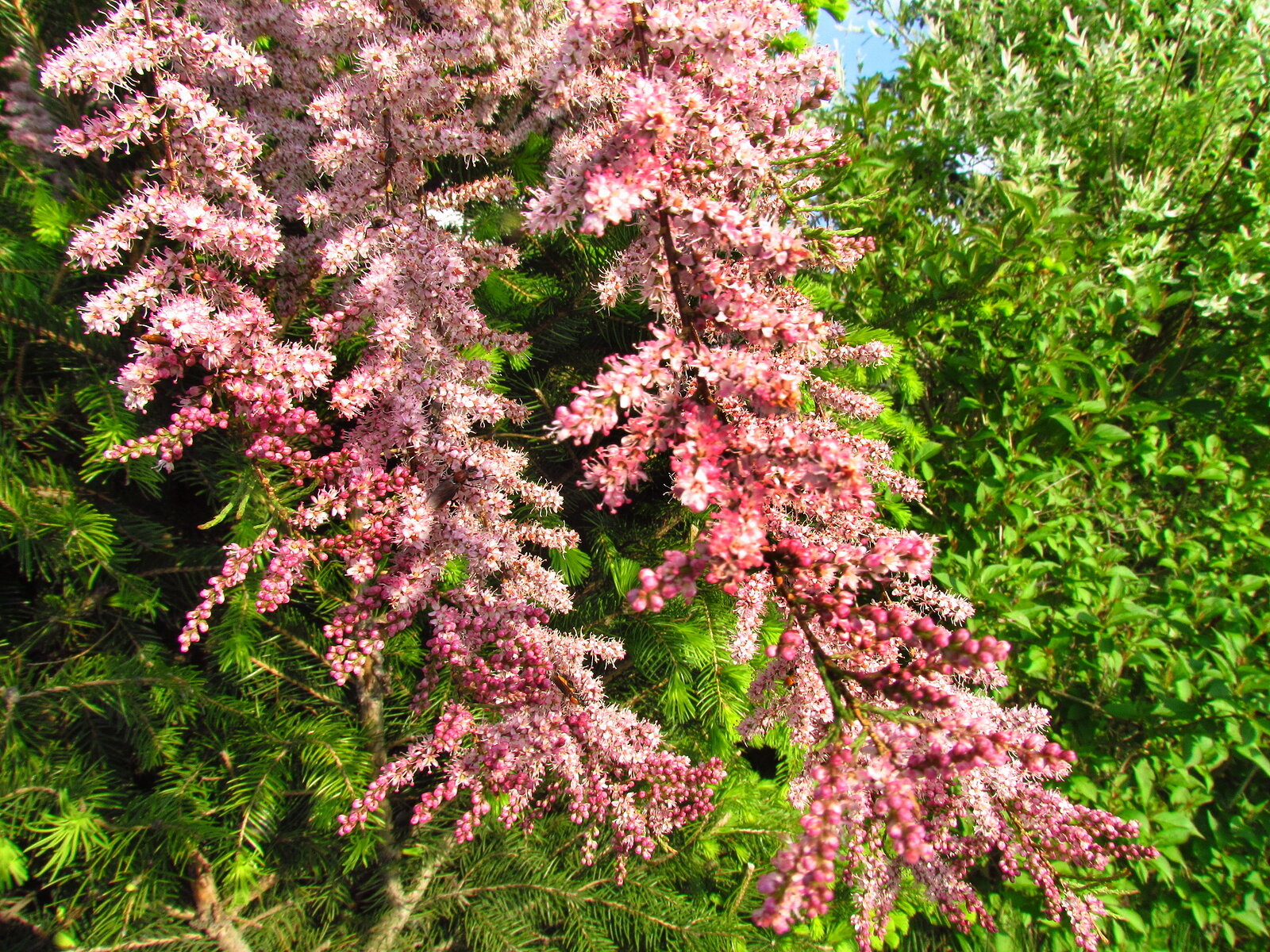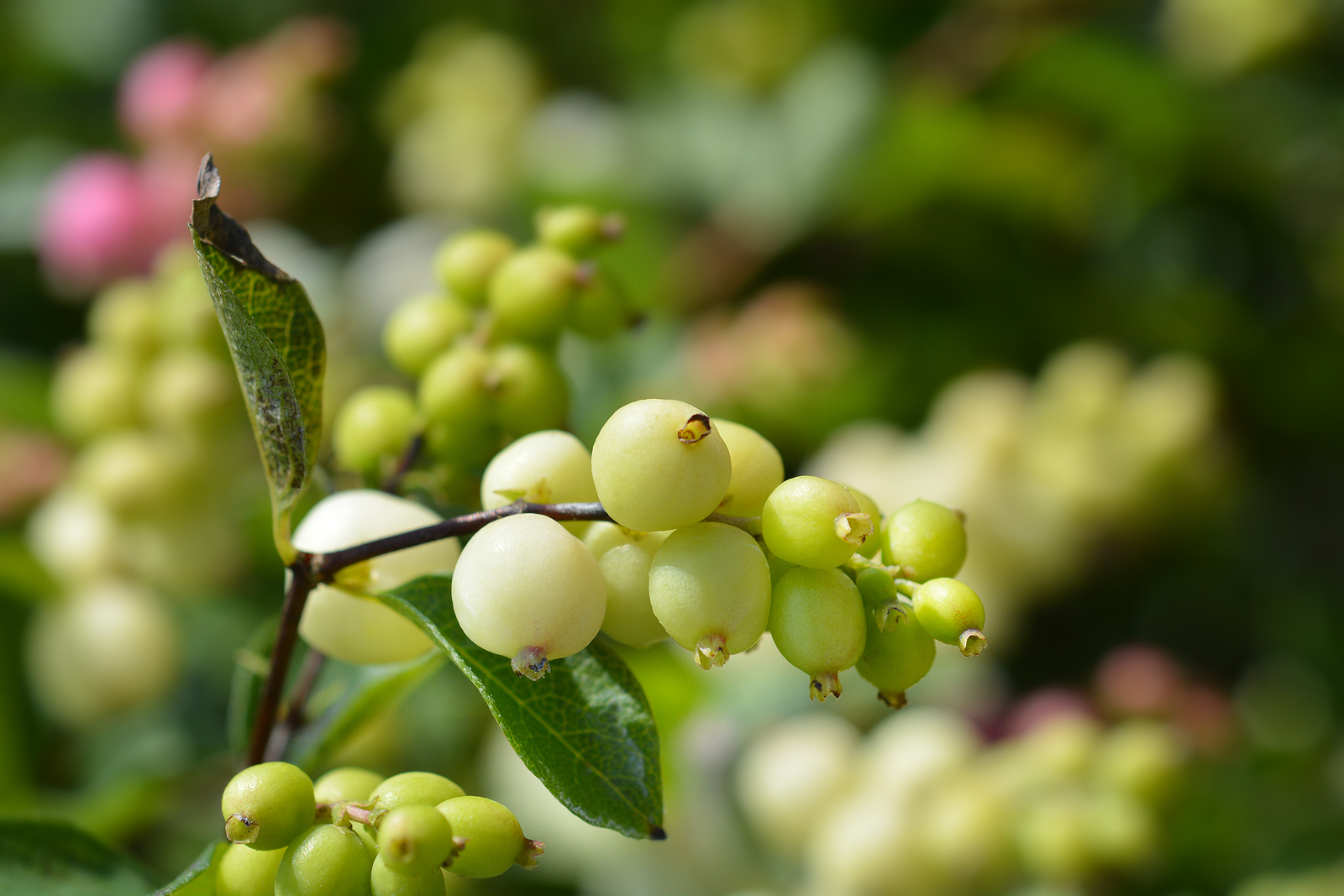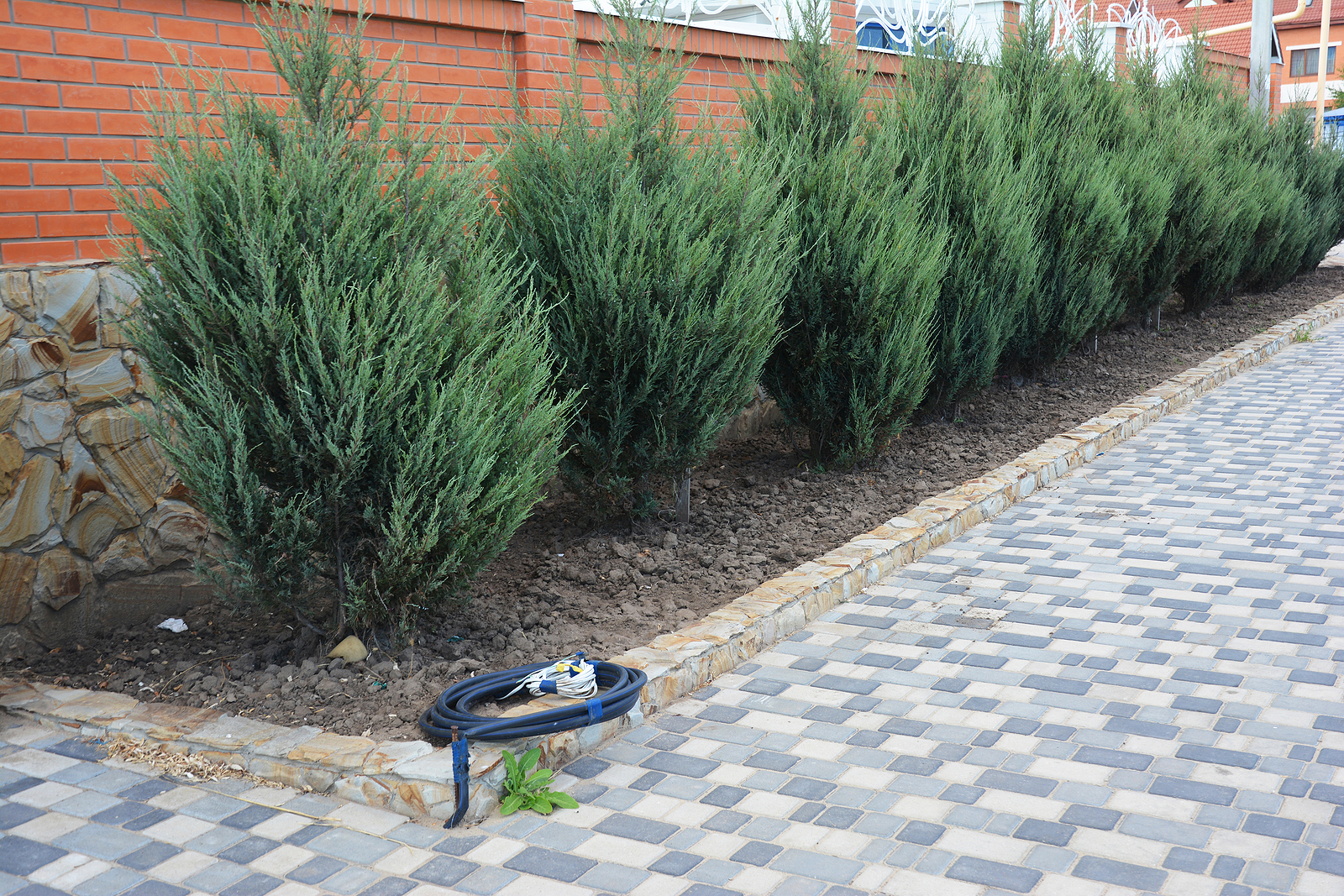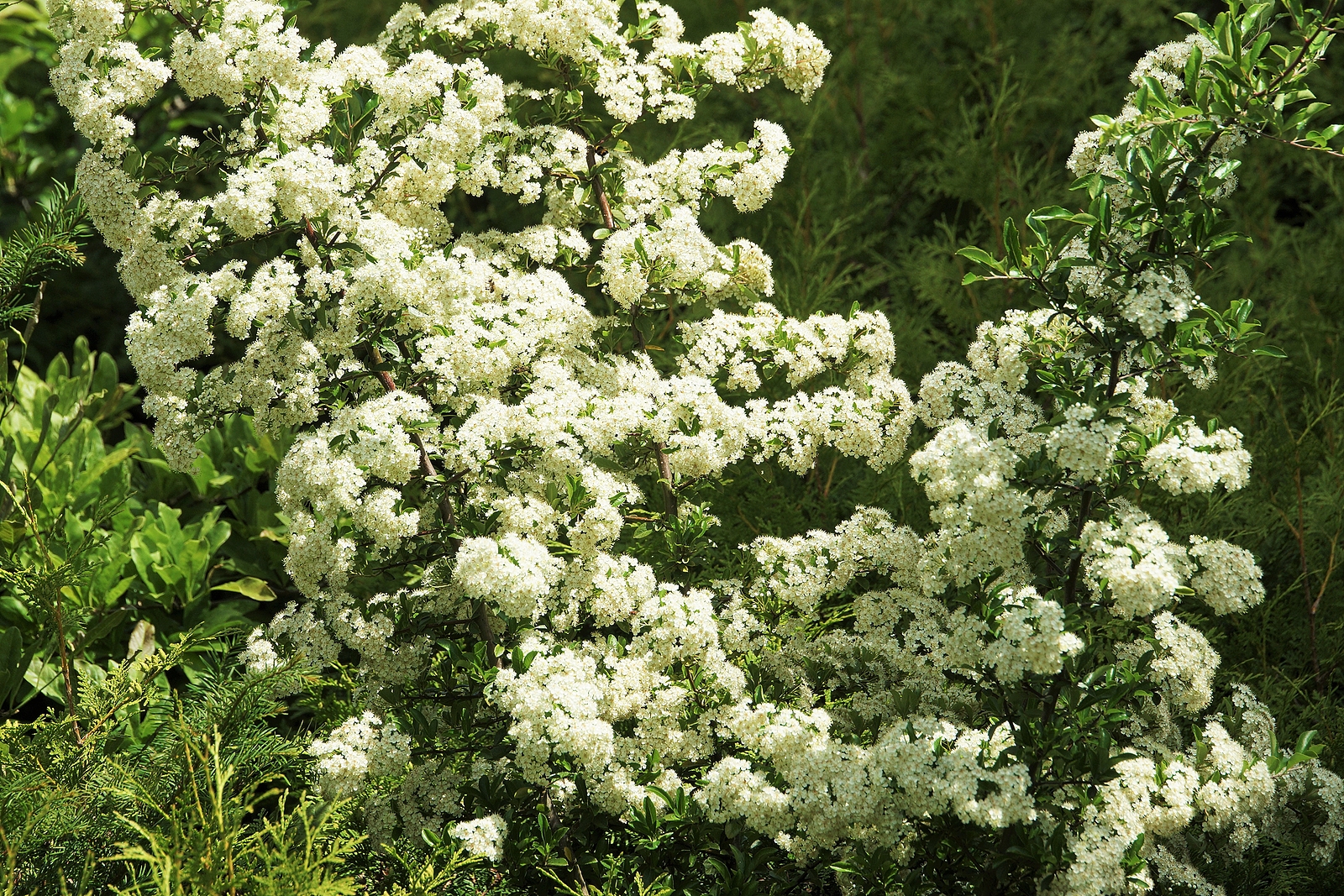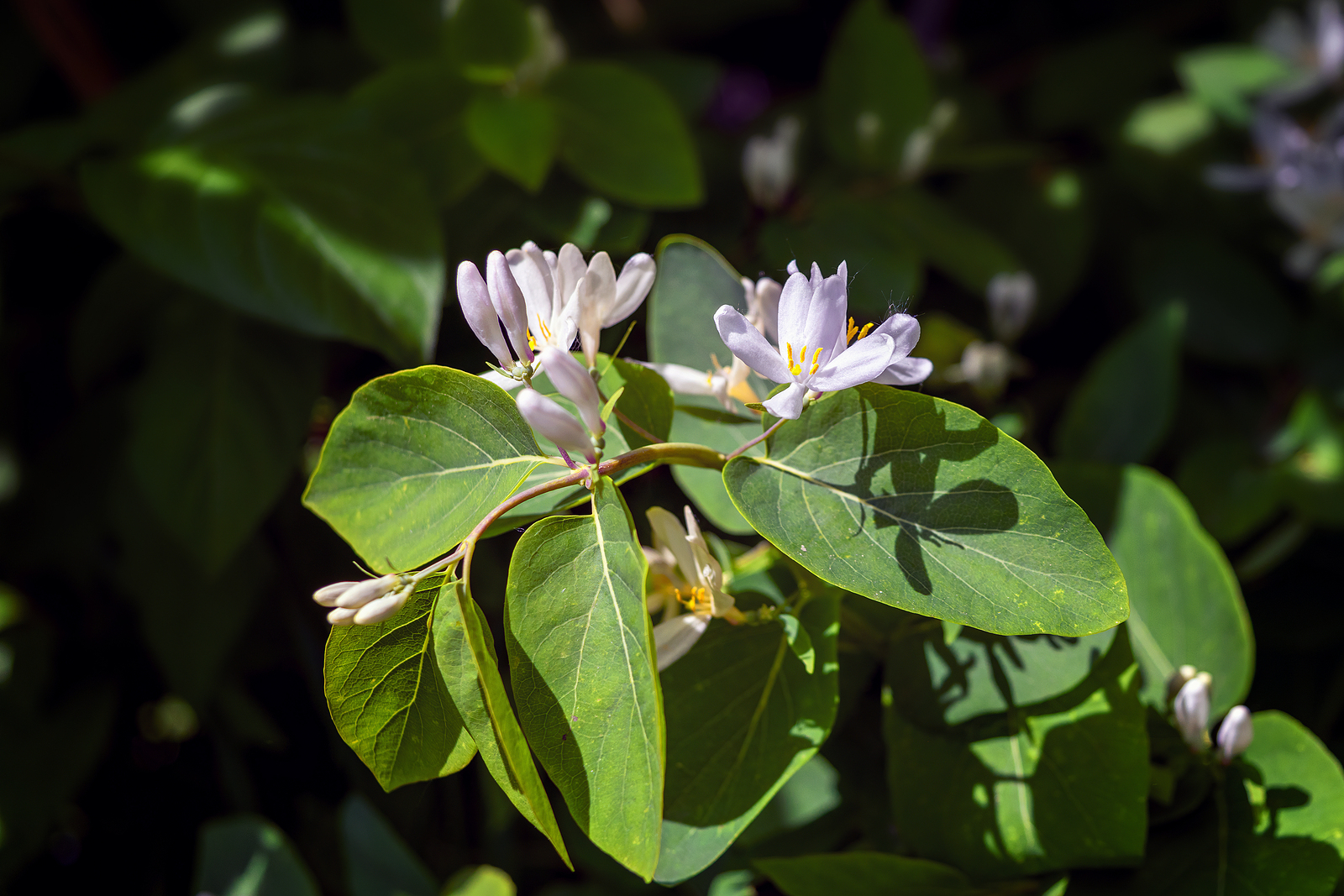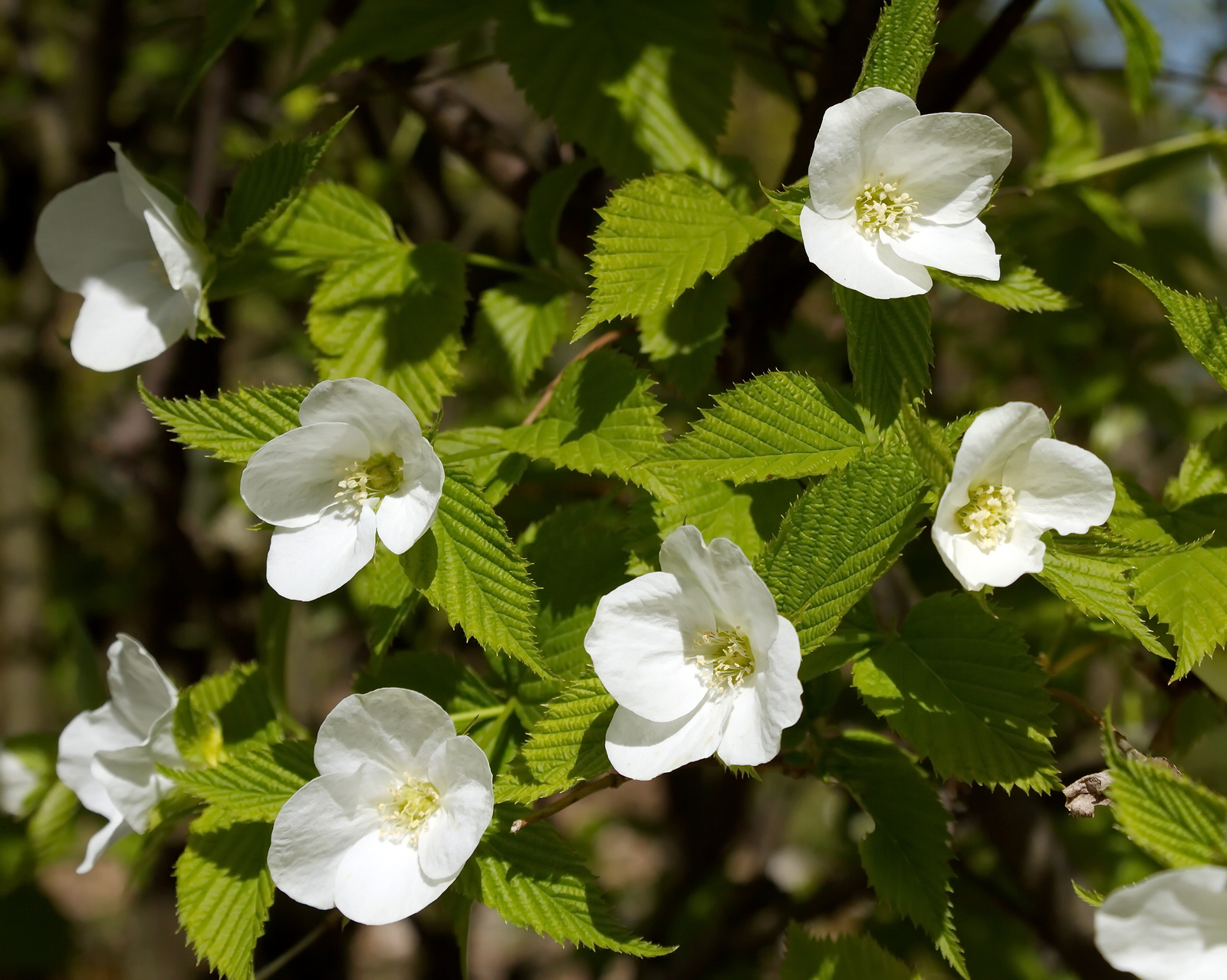How to Grow Castor Aralia — Kalopanax
Kalopanax–commonly called castor aralia or tree aralia–is a deciduous tree with a spreading, round habit. Kalopanax bears large palmately lobed leaves that can exceed one foot (30cm) in width. Kalopanax also bears large terminal, umbel-like tiny white flower panicles in late summer. Tiny black fruits follow the flowers and are quickly eaten by birds. Kalopanax […] More

